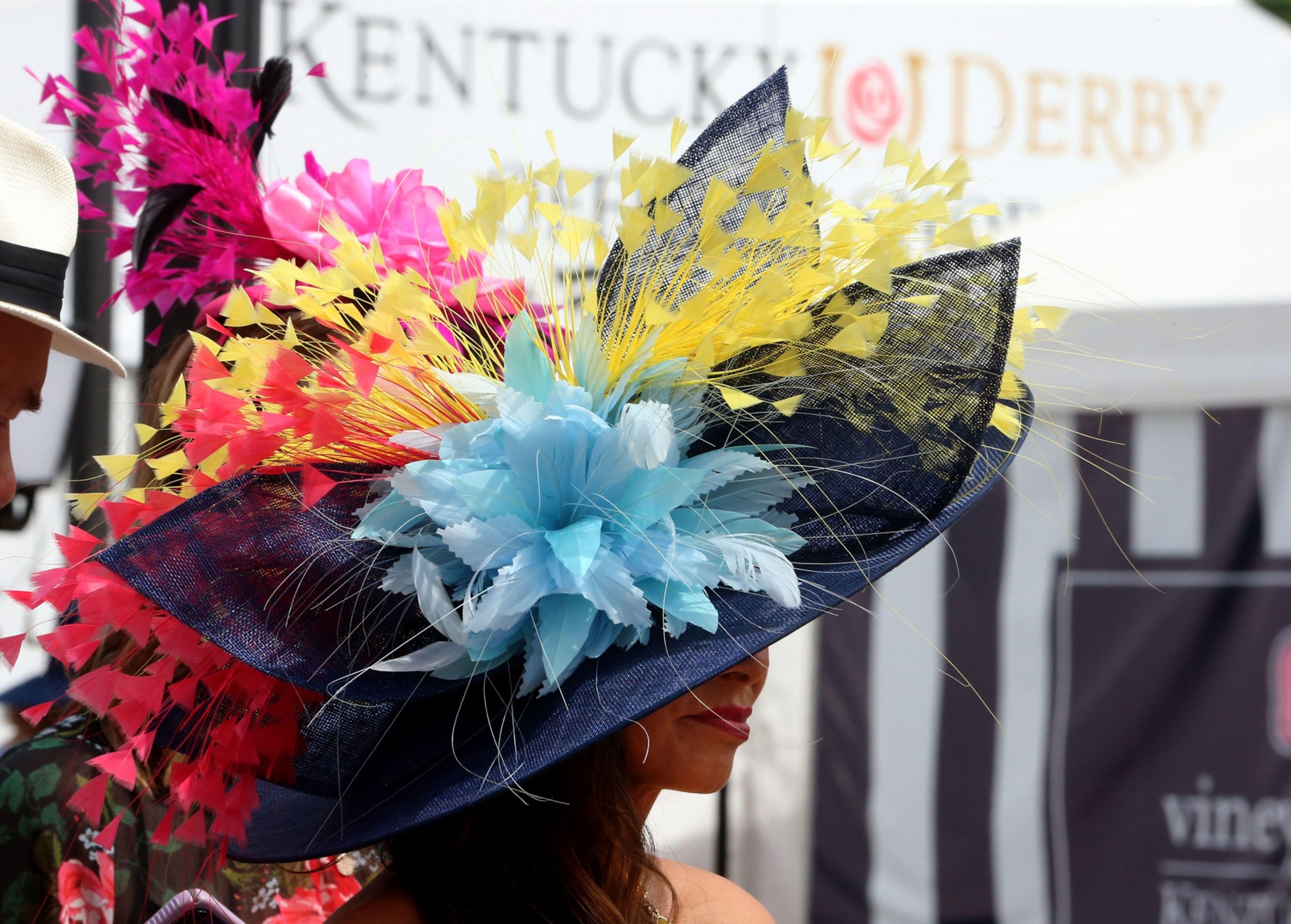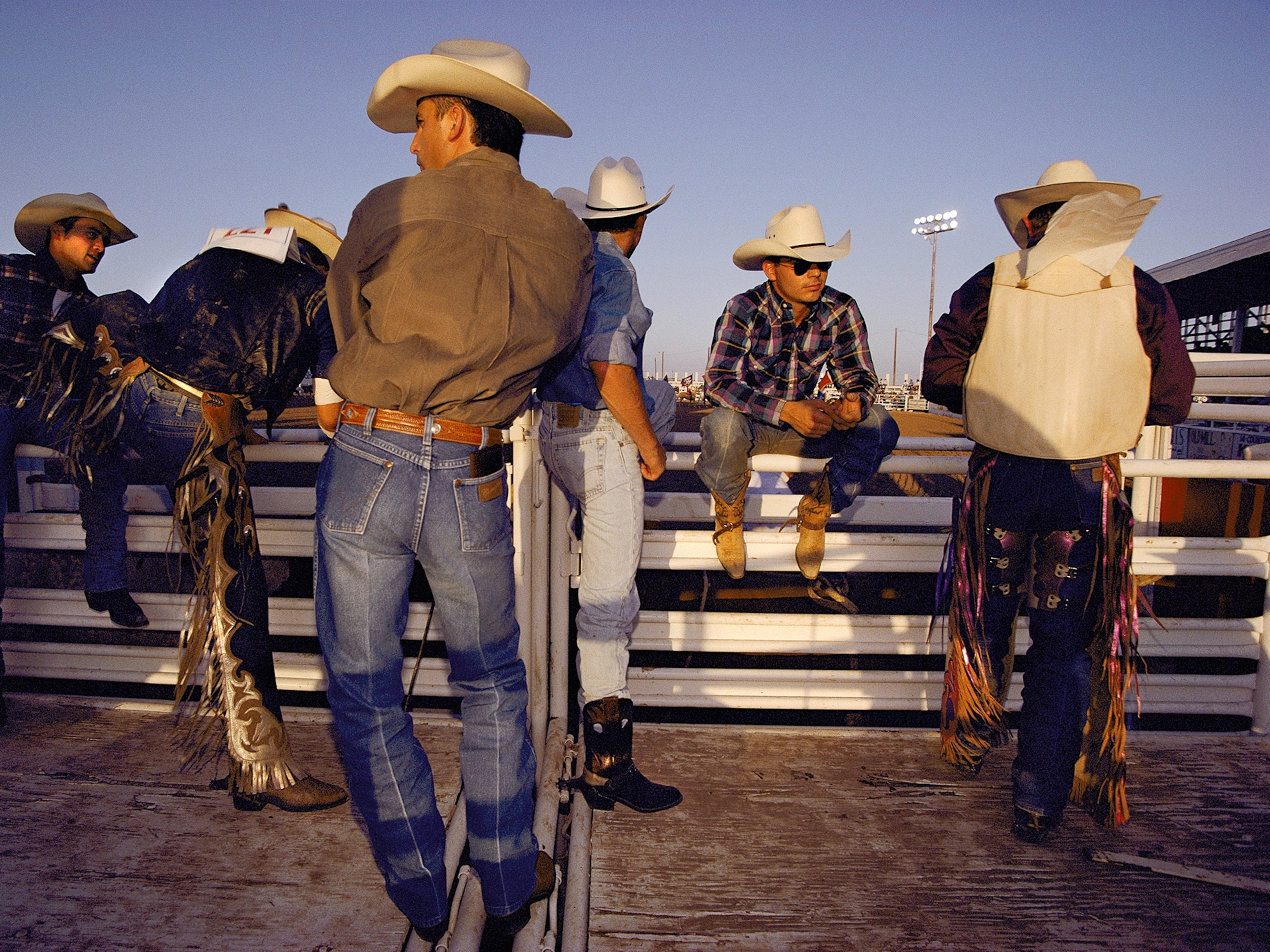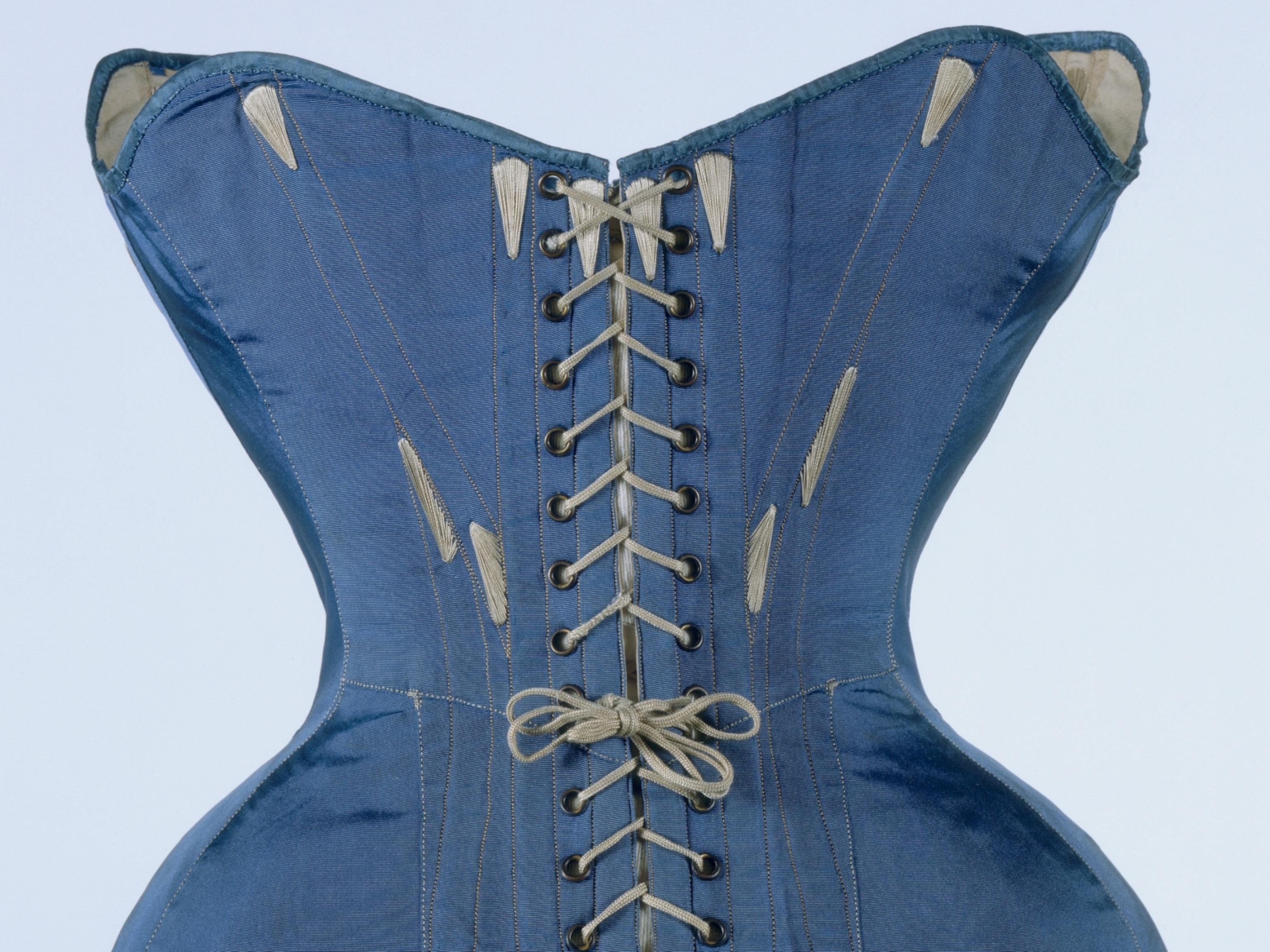Why the Kentucky Derby is a 151-year-old celebration of hats
America's longest running sports event comes with a distinctive sartorial tradition.

Although horses may be the stars of the Kentucky Derby, hats take center stage at the 151-year old horse race in the American heartland.
In Kentucky, hats—the wilder the better—are central to the annual spring ritual, the “run for the roses.” On the first Saturday of May, horse-racing fans gather at Churchill Downs to watch the “most exciting two minutes in sports.”
Big, bold, and steeped in tradition — here's everything you need to know about the history of hats at the Kentucky Derby.
Origins of the Kentucky Derby
The Kentucky Derby is the first leg of the Triple Crown of horse racing, which includes the Preakness Stakes and Belmont Stakes races. The racetrack, located in Louisville, Kentucky, was founded by Col. Meriwether Lewis Clark Jr., the grandson of William Clark—who along with Meriwether Lewis explored the western portion of the U.S. in what is known as the Lewis and Clark expedition—after he toured prim, royal tracks while on a trip throughout Europe.
The first Kentucky Derby was held in 1875, making the race the longest continuously-held sporting event in American history. That year, African American jockey Oliver Lewis rode Aristide, a three-year-old horse, in record time to win the first-ever Kentucky Derby. Thirteen of the 15 jockeys were African American during the inaugural Derby and about 10,000 people attended the coveted event.
(Why America’s greatest racehorse still dominates the track today.)
The Kentucky Derby’s pageantry—from the broad hats to the tailored suits—is central to the race by design. Clark and his wife Mary, a socialite, promoted the Derby as a well-to-do affair. It was “a great hoity-toity event for the rich and famous to come and mingle and see each other in their finest,” says Jessica Whitehead, a collections manager at the Kentucky Derby Museum, a Louisville-based organization dedicated to the history of the race.
Ladies’ fashion was never overlooked. At the turn of the century, local newspapers would print an alphabetical list of who wore what to the Derby—detailing which fabrics and colors were trending.
Hats were a staple of every fashionable outfit in the region until the 1960s, so for the first century they weren’t a notable accessory. As hats faded from the norm they were still worn to special occasions like the Derby. Over time, they became associated with the race as a tradition for “tradition’s sake,” theorizes Whitehead.
The evolution of Derby fashion
The audacious hats of today’s races emerged as the race became televised, according to Derby historians. To stand out from the crowd, women began wearing louder and more extravagant hats. Today, remarkable hats are still featured on television stations across the country.
Women find inspiration for Derby hats from all over the world, from Australia’s racing tracks to the Royal family and their notable, if sometimes audacious, hats.
Customers bring in photos from royal weddings requesting hats similar to those worn by Kate Middleton and Meghan Markle, says Rachel Bell, a co-owner of the specialty hat shop in Louisville, Kentucky, The Hat Girls. She says that the royals are responsible for the majority of their sales shifting from hats to fascinators, headpieces that are “fastened” to the head via comb, clip, or headband.
(Read how speedy horses only evolved recently.)
“When you see two princesses that everyone idolizes and you see them wearing fascinators, they want to wear them too,” says Bell.
While horses were only domesticated 6,000 years ago, humans have been donning hats for at least 27,000 years. From function to fashion, hats have been worn for centuries for nearly every occasion. During bitter winters, shepherds in Turkmenistan turned to shaggy telpek hats to stay warm. In Brittany, France ladies wore lacey caps as a nod to the region’s history of lace artistry.
Queen Elizabeth, who wore more than 5,000 hats during her more than 70-year reign, had established a following for her race-day headwear. The Queen, who owned and bred horses herself, also opened the Royal Ascot races in Berkshire, England. Each year, attendees bet on what color hat the Queen would wear on opening day.
When the Queen attended the Kentucky Derby in 2007, she wore a fresh green and coral hat.




